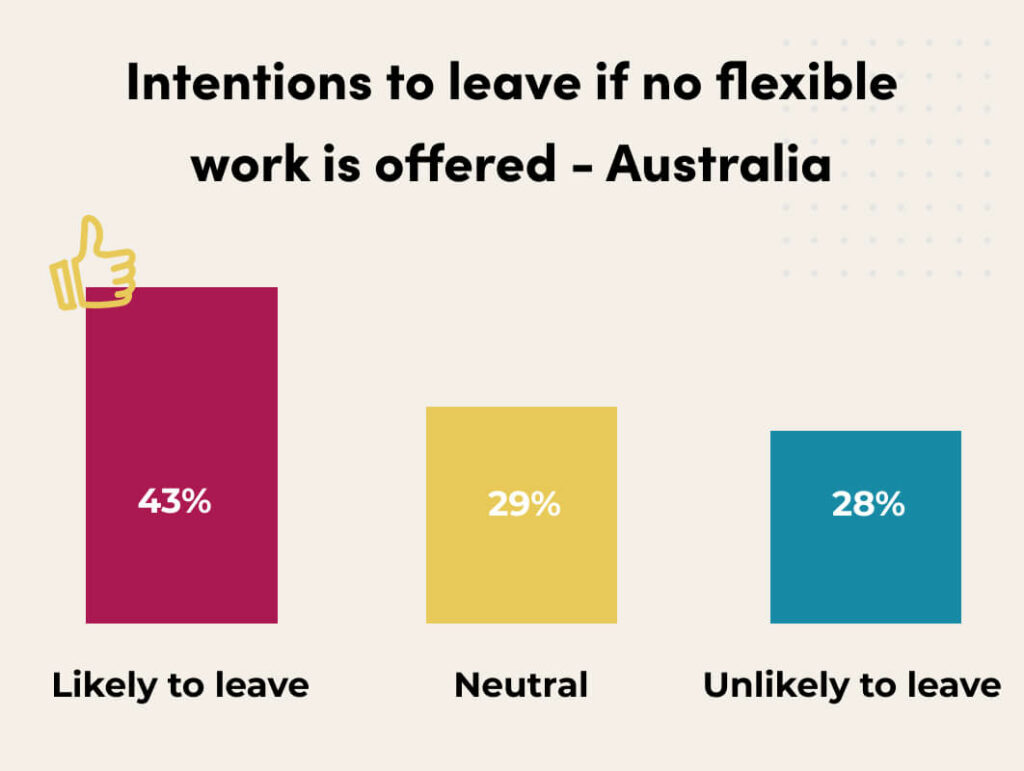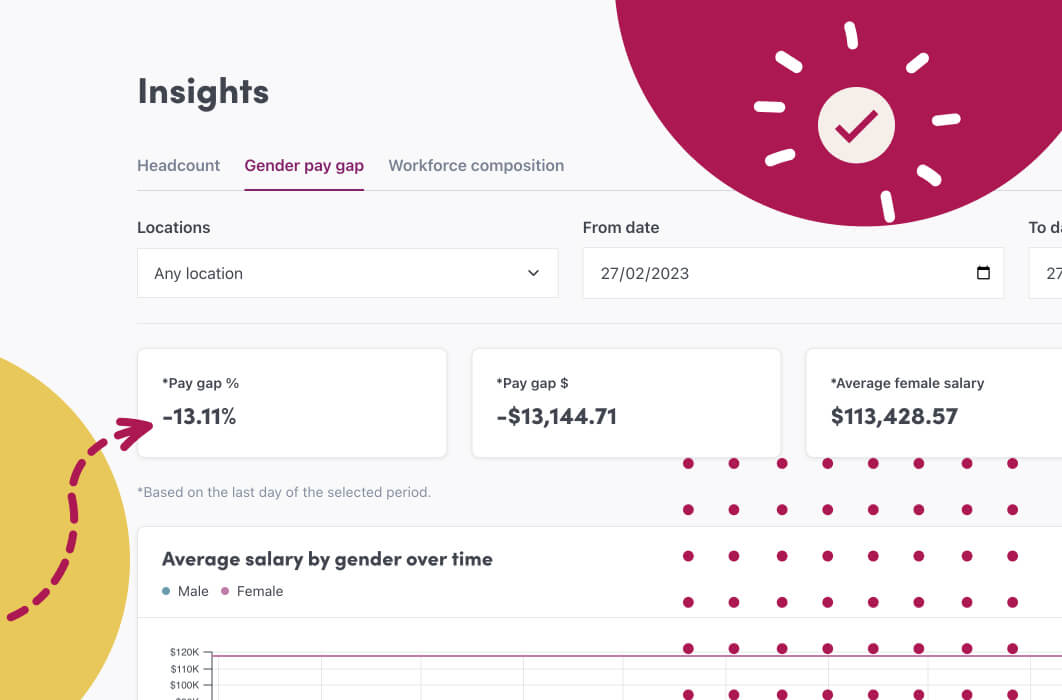Flexible working is becoming the predominant way of working for Australian employees. So what is flexible working? Is it simply offering employees the option to work from home? Or is there a lot more to it? We explore this question below and list 10 different types of flexible working available.
What is flexible working?
A flexible work arrangement is an agreement between employer and employee to amend the standard working arrangement. The goal of this agreement is to better accommodate an employee’s personal commitments outside of the workplace.
Flexible working arrangements typically include changes to work location and hours of work.
While flexible working is common for office workers, there are numerous examples of shift workers with access to flexibility. Some examples include:
- Offer workers the ability to design their own roster preferences
- Flexible start and finish times
- Finally, combining and sharing roles.
These days, prospective hires don’t ask, “is there an option for flexible working?”, they ask, “how flexible are my working options?”
Types of flexible working
A common mistake is mistaking ordinary work adjustments with flexible work adjustments. For example, someone taking some time off as compassionate leave or parental leave is not the same as offering flexible working. These fall into the same category as annual leave and personal leave, in that they are standard employee rights at work. See below for some good examples of flexible working.
| Type | Description |
| Flexible hours of work | This is where you may vary your start and finish times. |
| Compressed working weeks | You may work the same number of weekly (or fortnightly or monthly) working hours, compressed into a shorter period. For example, a forty-hour week may be worked at the rate of ten hours per day for four days instead of eight hours a day for five days. Changes to salary are not required. |
| Time-in-lieu | You may work approved overtime and be compensated by time-in-lieu. It can include ‘flexitime’ arrangements where an employee can work extra time over several days or weeks and then reclaim those hours as time off. |
| Telecommuting | You may work at a location other than the official place of work. A wide range of terms refer to working at different locations, including ‘mobile working’, ‘distributed work’, ‘virtual teams’ and ‘telework’. These are referred to collectively as ‘telecommuting’ in this toolkit. Note that telecommuting is generally most effective when there is a relatively even split between time spent in the office and working elsewhere. This lessens the sense of isolation that can come from working away from the office. Visit www.telework.gov.au for information about how to make telework work for you. |
| Part-time work | A regular work pattern where you work less than full-time and are paid on a pro-rata basis for that work. Not all part-time work is necessarily flexible in nature, but it offers flexibility to workers who have other commitments or lifestyle choices that are not compatible with full-time work. |
| Job sharing | A full-time job role is divided into multiple job roles to be undertaken by two or more employees who are paid on a pro-rata basis for the part of the job each completes. |
| Purchased leave | A period of leave without pay, usually available after annual leave allocation is finished. Employers typically deduct the amount of unpaid leave from the worker’s salary either as a lump sum or averaged over the year. |
| Unplanned leave | Informal access to leave for unanticipated or unplanned events. |
| Flexible careers | You are able to enter, exit and re-enter employment with the same organisation, or to increase or decrease your workload or career pace to suit different life stages. This may be particularly relevant for employees transitioning to retirement. It can also include employees who are able to take a ‘gap year’ early in their careers and return to work for the same employer afterwards. |
| Other choices | Other options about when, where and how work is done, e.g. overtime and having autonomy to decide when to take breaks during the working day. |
Why is it important to offer Flexible working arrangements?
Lack of flexible work options a deal breaker?
Firstly, more than 2 in 5 employees will consider leaving their employer if it is not offered.
Flexible working is now a non-negotiable for 1 in 8 workers.
Finally, some employees would trade off flexible working arrangements if they were offered more days off, a pay-rise, or improved job security.
Read more here




